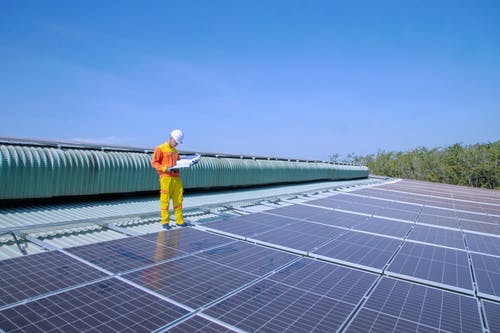A solar inverter with a computerized controller, a mounting system, and solar panels (modules) make up solar systems. DC power is generated by solar panels using sunlight. The generated electricity is then converted into AC by the inverter so that it may be used in the home. The solar system is managed and optimized by the computerized controller. A battery is necessary if you want an off-grid solar system or a battery backup system.
The roof is the most common location for solar power installation Brisbane. The majority of roofs frequently fulfil the installation standards needed to provide the most sunlight to panels. If roof installation is neither feasible nor desirable, the solar panels could be installed on the ground. Simply make sure that nothing is in the path of the sun.

Scaffolding must be installed beforehand to ensure safety when installing is done on the roof. The mounting system for solar panels must then be installed. This will be the foundation for the solar panels. To receive the most sunshine, the entire mounting structure must be slanted at an angle of 18 to 36 degrees. The solar panel must be installed on the mounting framework once the mounts have been installed. Tighten all of the bolts and nuts to ensure that it remains stable. The next stage of the installation process is the installation of the electrical cable. MC4 connectors are commonly used since they are suitable for all types of solar panels. While installing the wiring, make careful to turn off the home’s power supply.
Following that, the solar inverter must be connected to the system. It is usually located near the main panel and can be either indoors or outside. Inverters perform better when stored in a cooler environment. If the inverter is located outside, it must be shielded from the midday sun. If it is installed indoors, the garage or utility room is usually the best choice because they have good ventilation and stay cool most of the year.The solar battery must then be linked to the solar inverter. You won’t have to worry about running out of usable energy during cloudy days thanks to solar battery storage, which can also help cut installation costs for solar battery storage systems.

The inverter must be connected to the consumer unit in order to create energy. A generation meter must also be attached to track the exact amount of electricity generated by the solar panels. A computer or other device can be used to evaluate the performance of your solar system. For example, you may look at how much power you create at different times to identify the optimal time to use your washing machine or other utilities. As the final stage, the freshly installed solar panel system must be tested and turned on. The solar panel installation is then completed.
Because there are no moving parts, solar panels require very minimal maintenance. After you have paid for the installation, the expense of maintaining solar panels is not prohibitively high. However, you should inspect them at least once a year for debris or other objects that may have accumulated on top. It is vital that the panels are clean and that nothing interferes with their capacity to absorb sunlight properly.







